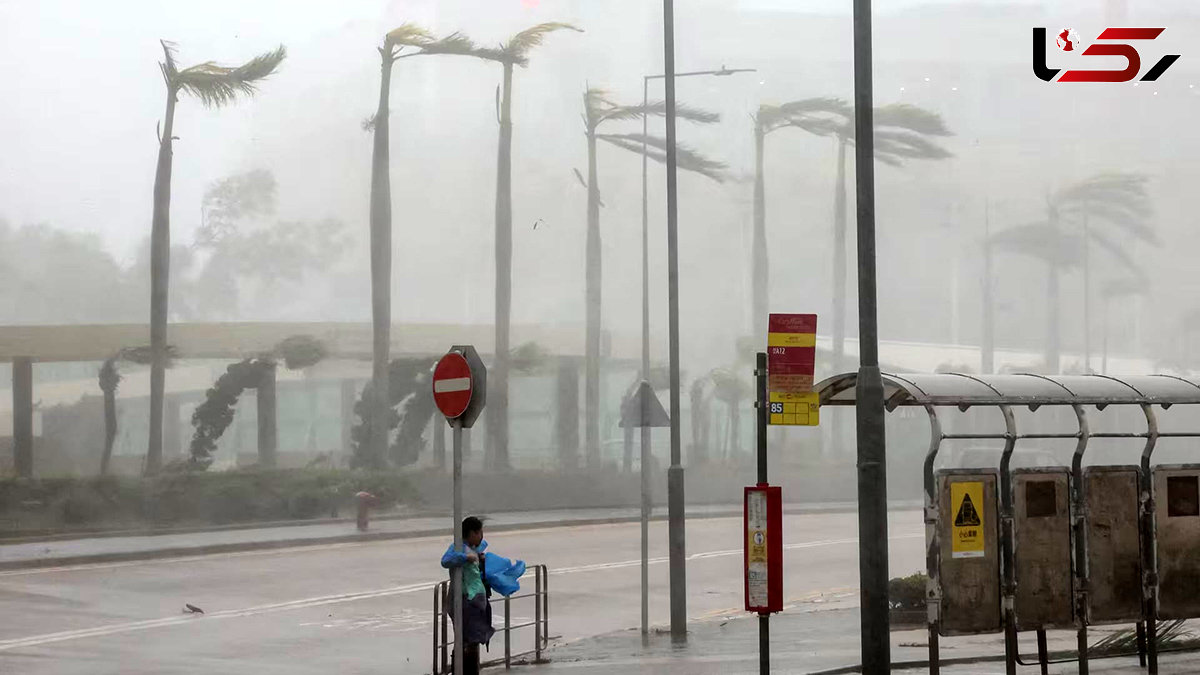update
Super Typhoon Ragasa Devastates East Asia, Leaving Trail of Destruction
Rokna Social Desk: Super Typhoon Ragasa has caused widespread damage across East Asia, leaving dozens dead in Taiwan and forcing nearly two million people to evacuate in southern China.

According to Rokna, Typhoon Ragasa, one of the strongest storms of 2025, swept through the Philippines and Taiwan’s mountainous regions before hitting southern China, bringing hurricane-force winds and massive waves that left Hong Kong and Macau on high alert. Chinese and Hong Kong authorities issued red warnings, evacuating millions of residents and relocating ships to safer waters.
Taiwan: Natural Dam Collapse Causes Deadly Floods
In Taiwan, the collapse of a natural dam in Hualien County unleashed approximately 68 million tons of water, triggering widespread flooding. At least 15 people were killed, and over 150 remain missing. Local authorities had issued evacuation advisories, but heavy rainfall and the approaching typhoon intensified the disaster. Bridges and roads were severely damaged, and vehicles were swept away by the fast-flowing waters.
Hong Kong: Widespread Disruptions and Severe Damage
Hong Kong experienced winds reaching 195 km/h and heavy rainfall. Trees fell, scaffolding was damaged, and coastal areas, including the Fullerton Ocean Park Hotel, were flooded. Public transportation, schools, and the city’s airport were closed. Emergency services worked to assist residents affected by storm surges.
Macau: Streets Turned into Rivers In Macau, floodwaters reached waist-deep in some areas, disrupting daily life and causing power outages. Rescue operations were carried out using inflatable boats and emergency personnel.
Mainland China: Extensive Preparations in Guangdong Province
Guangdong Province, home to tens of millions, evacuated 1.89 million people and relocated over 10,000 ships ahead of the typhoon. More than 38,000 firefighters and rescue workers are on standby. Cities including Shenzhen and Guangzhou lie directly in the storm’s path, with winds in some areas reaching 180 km/h.
Philippines
The typhoon made landfall in the northern Philippines on September 22, bringing with it sustained winds of 165 mph (265 km/h), equivalent to a Category 5 hurricane. The storm caused widespread flooding, landslides, and infrastructure damage. At least three fishermen were reported dead, and nearly 700,000 people were affected. Approximately 10,000 individuals were evacuated from Cagayan and Apayao provinces.
Climate Change and Increasing Storm Intensity
Meteorologists warn that climate change has made tropical storms not only more frequent and severe but also less predictable in timing and path. This underscores the urgent need for reviewing building codes and strengthening infrastructure in Asia’s coastal cities.
This unprecedented storm underscores the escalating impact of climate change on tropical cyclones, highlighting the need for enhanced preparedness and response strategies in vulnerable regions.
Send Comments